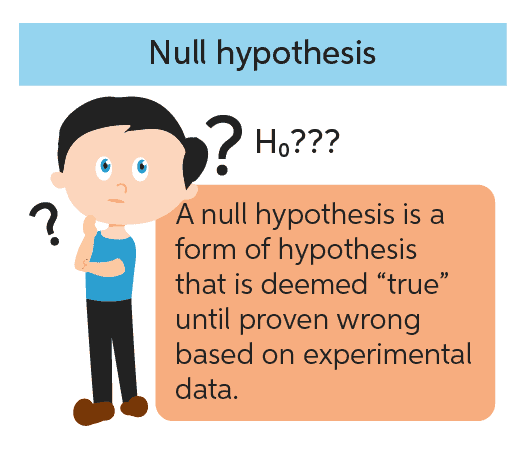Microsoft Excel is one of the most popular applications for data analysis. Equipped with built-in pivot tables, they are without a doubt the most sought-after analytic tool available. It is an all-in-one data management software that allows you to easily import, explore, clean, analyze, and visualize your data. In this Microsoft Excel Training in Ikeja Lagos Nigeria, we will discuss the various methods of data analysis in Excel.
One of the many uses of Excel is to facilitate data entry. Error-free data entry is essential to accurate data analysis. Excel provides several methods for entering your data. Data sets can be entered manually from the keyboard or retrieved from a text file, database, or online Web sources. You can also have Excel automatically enter patterns of data for you, saving you the trouble of creating these data values yourself. You’ll study all of these techniques in this Microsoft Excel training in Ikeja Lagos Nigeria, but first you’ll work on entering data from the keyboard.
Microsoft Excel performs statistical function, which is the bedrock for data analysis. Statistics provides a way to study how people and things respond to the world and, as such, it’s a fascinating, annoying, and sometimes contrary field to work in.

Descriptive statistics in particular seems to exercise a peculiar hold over some people. Some sports fans are able to rattle off the yearly betting averages, quarterback ratings, and/or assists per game achieved by their favorite players.
In the closely related area of inferential statistics, there are specialties such as test construction that depend heavily on the measurement of means, standard deviations, and correlations to create tests that not only measure what they are supposed to but do so with good accuracy.
Running A Statistical Test
A large number of questions in the areas of business, manufacturing, medicine, social science, gambling, and so on are based on situations in which there are just two typical outcomes: succeeds/fails, breaks/doesn’t break, cures/sickens, Republican/Democrat, wins/loses. In statistical analysis, these situations are termed binomial: “bi” referring to “two,” and “nomial” referring to “names.”
Several hundred years ago, due largely to a keen interest in the outcomes of bets, mathematicians started looking closely at the nature of those outcomes. We now know a lot more than we once did about how the numbers behave in the long run. And you can use that knowledge as a guide to an answer to the question posed earlier: How likely is it that there are at most 10 defectives in the production lot of 1,000 phones, when you found two in a sample of just 50?
Framing the Hypothesis
Start by supposing that you had a population of 100,000 phones that has 1,000 defectives—thus the same 1% defect rate as you hope for in your actual production lot of 1,000 phones.
This sort of supposition is often called a null hypothesis. It assumes that no difference exists between two values, such as a value obtained from a sample and a value assumed for a population; another type of null hypothesis assumes that no difference exists between two population values. The assumption of no difference is behind the term null
hypothesis. You often see that the researcher has framed another hypothesis that contradicts the null hypothesis, called the alternative hypothesis.

Types of tests in Advanced Microsoft Excel
- One Way ANOVA
- T-Test
- Descriptive Statistics
- Regression
- Correlation
- Z-Test
- Sampling
- Exponential Smoothing
- Moving Average
- Pivot tables
- Vlookup
Advanced Microsoft Excel Advantages
- Easy to store data: In MS Excel, it is easy to store the data, perform calculations, format the cells and adjust layouts to generate the output and reports to share with others. Many templates make it easy to accomplish a wide range of tasks.
- Analysis of large amounts of data: MS Excel spreadsheet enhance your ability to analyze large amounts of data. It provides many analytical tools for the accurate analysis of large amounts of data. With powerful filtering and sorting tools allow you to sort out a large amount of data, it will be easier for you to find out the required information and will assist in your decisions and filtering removes repeated data and helps to save time and effort.
- Used for Formulas: Microsoft Excel performs all mathematical and logical functions like addition, subtraction, multiplication, division, average, etc. It provides many formulas that help you to solve both simple and complex calculations.
- Graphical Representations of data: It allows you to create the visual representation of data and information. The data can be visually displayed in the form of bar charts, column charts, and graphs.
- Secure: Microsoft Excel files can be password protected for security. A user can create a password within the Excel file.

